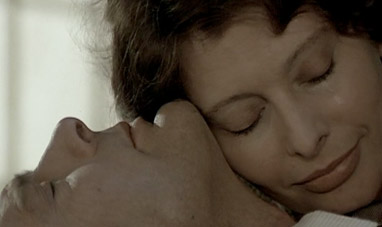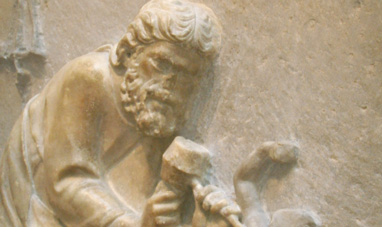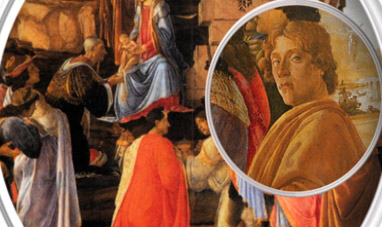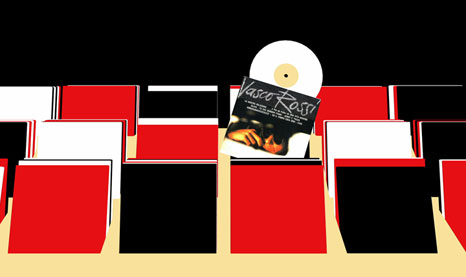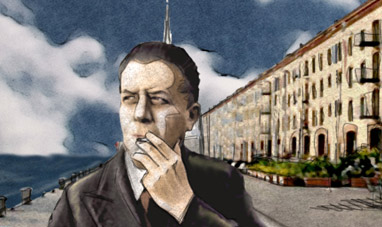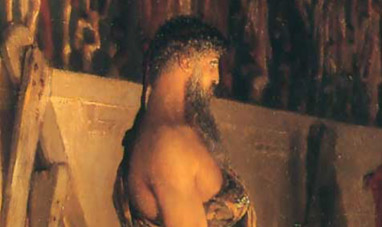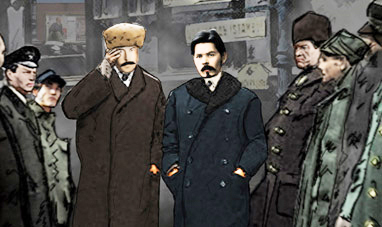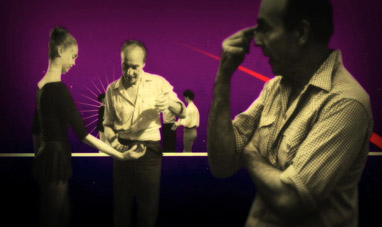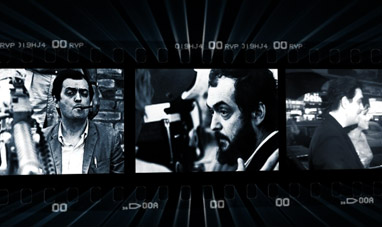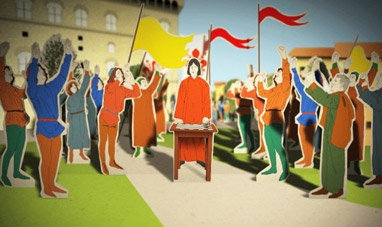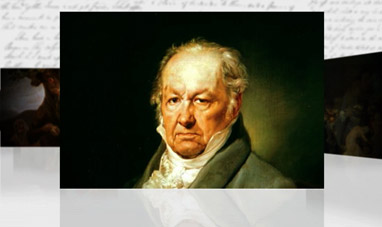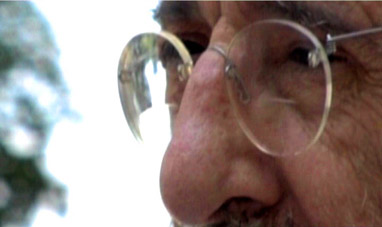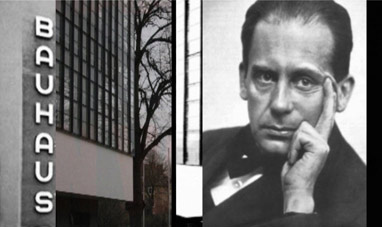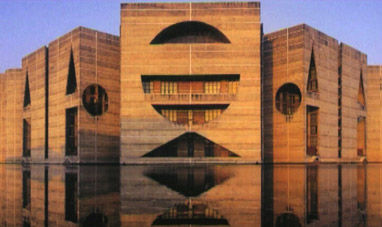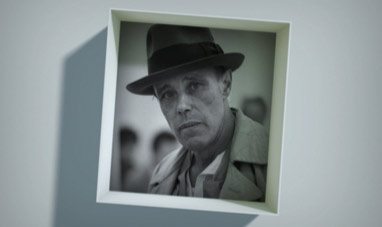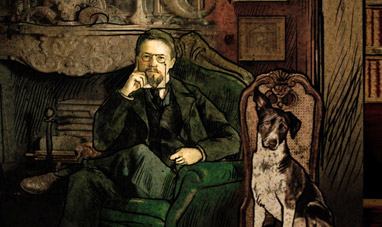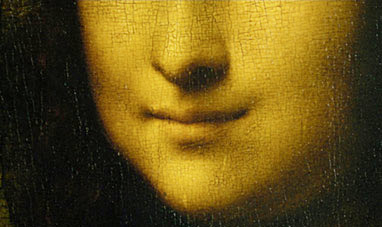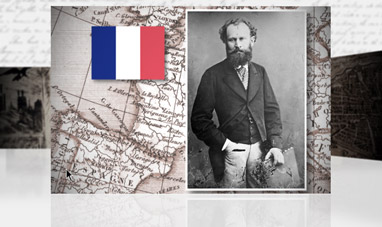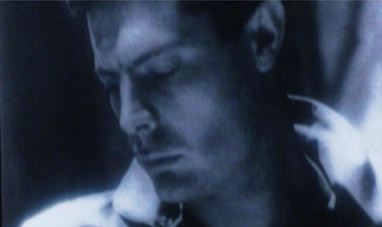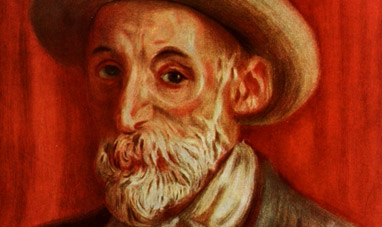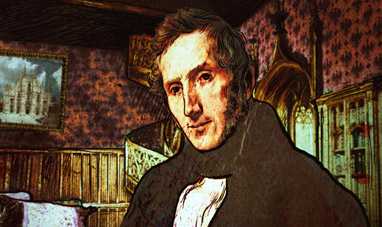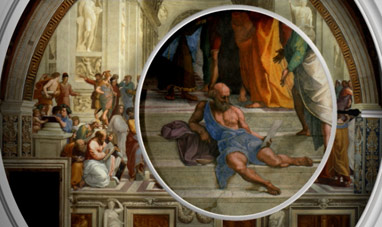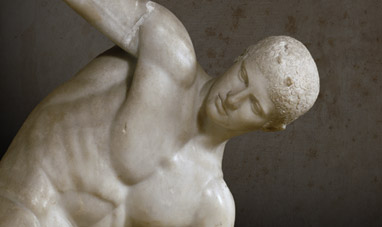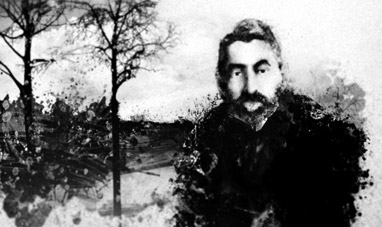Sandro Botticelli was a 15th-century Florentine painter. He was one of the major proponents of the Early Renaissance, a cultural movement that reconciled classical concepts of beauty with the new knowledge and humanist spirit of the times. Botticelli di Mariano was born Alessandro Filipépi in Florence in 1445. His more famous nickname probably came from the word “battigello,” which meant “beater of gold,” a reference to Botticelli’s brother, who was a goldsmith. According to tradition, Botticelli learned his craft in the workshops of Filippo Lippi and then Verrocchio, who also taught Leonardo da Vinci. Botticelli’s works from those years reflect the influence of his teachers.
In 1470, he opened his own workshop and painted his first public commission, “The Fortitude.” Even at this early stage, Botticelli showed a unique style and expressed his ideal of melancholic female beauty. Over the next two decades, Botticelli’s work was bound to the de Medici family, especially Lorenzo and the circle of humanists, scholars and philosophers who gathered at his court. In 1475, Botticelli painted “Portrait of a Man with a Medal of Cosimo the Elder.” The three-quarter view of the face and background he used clearly reflect the influence of Flemish portrait art. In the same year, he also painted the “Adoration of the Magi.” In this sacred scene, Botticelli depicted contemporary Florentine personalities like Cosimo the Elder, Lorenzo the Magnificent and the philosopher Pico della Mirandola. The artist also included a portrait of himself in their midst.
This work greatly enhanced Botticelli’s popularity, and Catholic authorities summoned him to paint frescoes in the Sistine Chapel at Rome. From 1478 to 1488, Botticelli experienced the most productive period of his career. He focused on works with mythological themes that stand out for their balanced composition. Chief examples include “Primavera,” or, “Spring;” “Pallas and the Centaur;” “The Birth of Venus;” and “Venus and Mars.” The works are distinguished by Botticelli’s soft colors, delicate touch and elegant lines. He depicted pagan tales with an intensity ordinarily reserved for sacred works. His Venus emerging from the waters had the same pure features as the Virgin Mary in “Magnificat Madonna” and “Madonna of the Pomegranate.” Botticelli managed to imbue mythical scenes with an intense spirituality of their own.
Lorenzo the Magnificent died in 1492. Girolamo Savonarola, a preacher eager to brand the Florentine court as wicked and licentious, gained influence, and the de Medicis were kicked out of Florence. Once the de Medici family was gone, Botticelli’s world crumbled around him. His style turned increasingly to mysticism, and he progressively abandoned Renaissance achievements such as perspective and equilibrium. Botticelli died on May 17, 1510. He was buried in the Church of the Ognissanti in Florence.
In 1470, he opened his own workshop and painted his first public commission, “The Fortitude.” Even at this early stage, Botticelli showed a unique style and expressed his ideal of melancholic female beauty. Over the next two decades, Botticelli’s work was bound to the de Medici family, especially Lorenzo and the circle of humanists, scholars and philosophers who gathered at his court. In 1475, Botticelli painted “Portrait of a Man with a Medal of Cosimo the Elder.” The three-quarter view of the face and background he used clearly reflect the influence of Flemish portrait art. In the same year, he also painted the “Adoration of the Magi.” In this sacred scene, Botticelli depicted contemporary Florentine personalities like Cosimo the Elder, Lorenzo the Magnificent and the philosopher Pico della Mirandola. The artist also included a portrait of himself in their midst.
This work greatly enhanced Botticelli’s popularity, and Catholic authorities summoned him to paint frescoes in the Sistine Chapel at Rome. From 1478 to 1488, Botticelli experienced the most productive period of his career. He focused on works with mythological themes that stand out for their balanced composition. Chief examples include “Primavera,” or, “Spring;” “Pallas and the Centaur;” “The Birth of Venus;” and “Venus and Mars.” The works are distinguished by Botticelli’s soft colors, delicate touch and elegant lines. He depicted pagan tales with an intensity ordinarily reserved for sacred works. His Venus emerging from the waters had the same pure features as the Virgin Mary in “Magnificat Madonna” and “Madonna of the Pomegranate.” Botticelli managed to imbue mythical scenes with an intense spirituality of their own.
Lorenzo the Magnificent died in 1492. Girolamo Savonarola, a preacher eager to brand the Florentine court as wicked and licentious, gained influence, and the de Medicis were kicked out of Florence. Once the de Medici family was gone, Botticelli’s world crumbled around him. His style turned increasingly to mysticism, and he progressively abandoned Renaissance achievements such as perspective and equilibrium. Botticelli died on May 17, 1510. He was buried in the Church of the Ognissanti in Florence.

